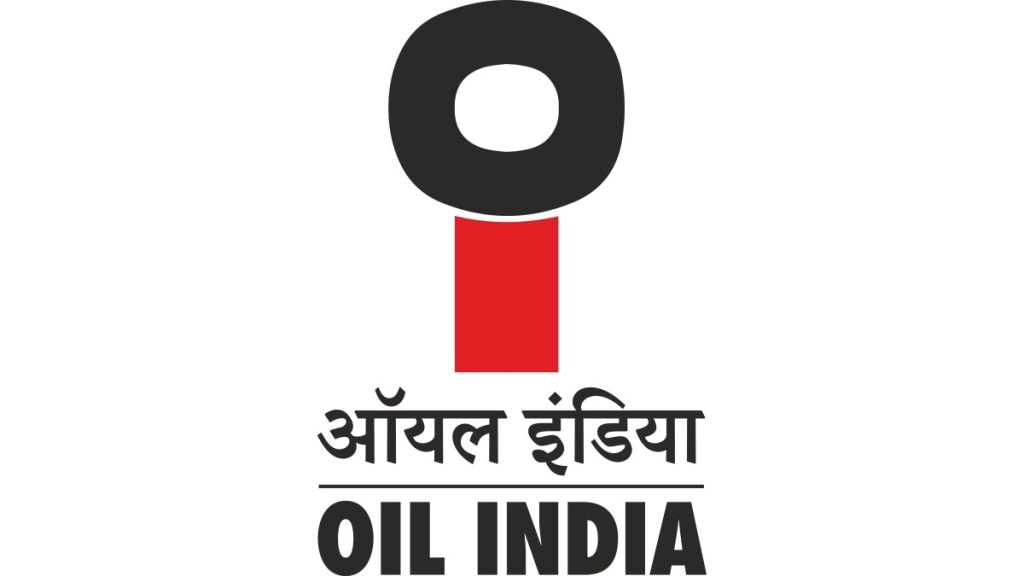State-owned Oil India Ltd, as part of its diversification into new and renewable energy sources, is exploring potential geothermal energy projects in eight of its depleted oil wells, official sources told FE.
The company has completed preliminary studies for geothermal projects and is now working at Detailed Feasibility Report for such projects.
“We have seen opportunities in Arunachal Pradesh and we are seeing opportunities in our own depleted fields. We have identified eight abandoned oil fields. Studies have been done and now we are looking at DFRs,” said a senior company official.
National policy and pilot projects drive geothermal push
The government has recently come out with a national policy on geothermal energy and has already uninitiated various pilot studies. As per the projections of the ministry of new and renewable energy, the country has a potential of 10 gigawatt (GW) of geothermal energy. The policy promotes repurposing or retrofitting of oil and gas wells for geothermal energy projects.
“We have a collaboration with IIT Bombay and the research is going on. We also have a collaboration with the Department of Earth Sciences of the government of Arunachal Pradesh,” the official said.
Beyond Oil: Strategic diversification and future goals
The oil and gas upstream company is aiming to foray into areas like carbon sequestration, geothermal and gas storage by leveraging its current E&P operations.
The company is targeting Rs 1 lakh crore annual revenue and a cumulative capex of Rs 1.3 trillion by 2030 with plans to spend Rs 17,000-18,000 crore in the current fiscal. OIL also aims to produce 10 million metric tonnes of oil equivalent oil and gas by 2030. It has also set a target of Rs 10,000 crore consolidated profit after tax by 2027.
As part of the new geothermal policy, the government is also exploring international technology collaborations for the development of geothermal energy projects in the country with several foreign players — including those from the US, Norway, and Iceland — already initiating pilot studies.
One of the government pilots also includes a 450 KWH of integrated commercial geothermal energy by retrofitting abandoned oil and gas wells of Cairn Oil & Gas in Raageshwari gas field in Barmer, Rajasthan.
To promote the country’s geothermal potential, the government may also explore viability gap funding or tax and import related facilitation for development of geothermal energy projects in the country, officials said.
The government has identified 381 geothermal springs across key regions of the Himalayas, Naga-Lusai, Andaman & Nicobar, SONATA (Son-Narmada-Tapi), the West cost, Cambay basin, Aravalli, Mahanadi basin, Godavari basin, and south Indian Cratonic.
Geothermal energy can provide around-the-clock electricity generation, heat production and storage. As the energy source is continuous, geothermal power plants can operate at their maximum capacity throughout the day and year.
On average, global geothermal capacity had a utilisation rate over 75% in 2023, compared with less than 30% for wind power and less than 15% for solar PV, according to the International Energy Agency (IEA).

